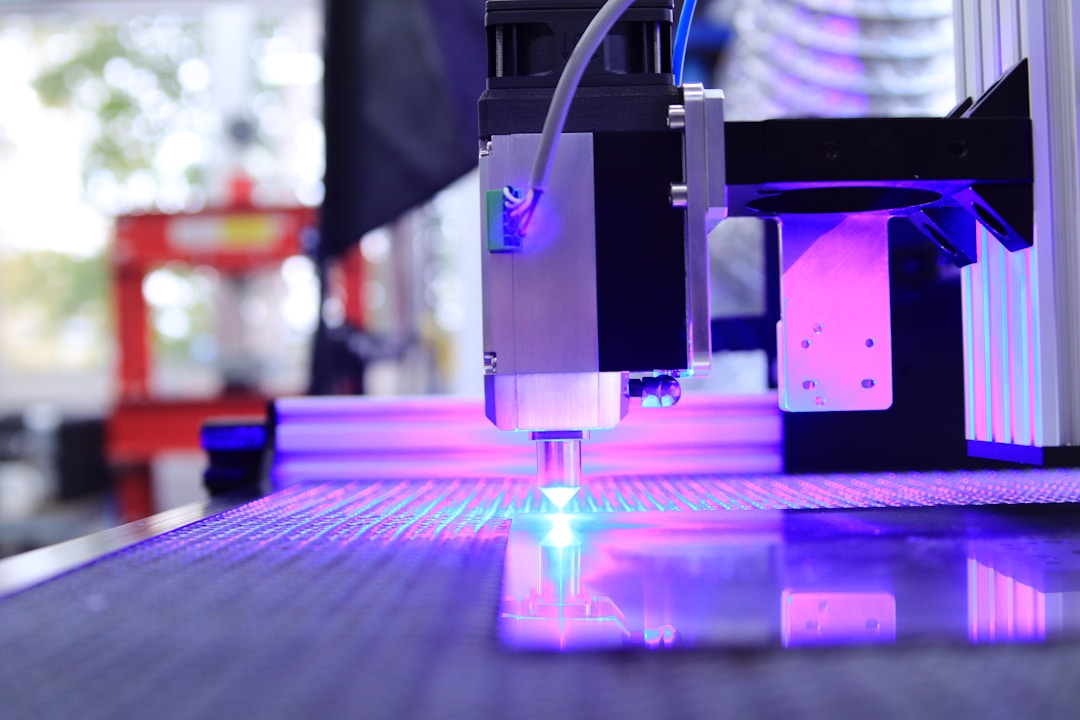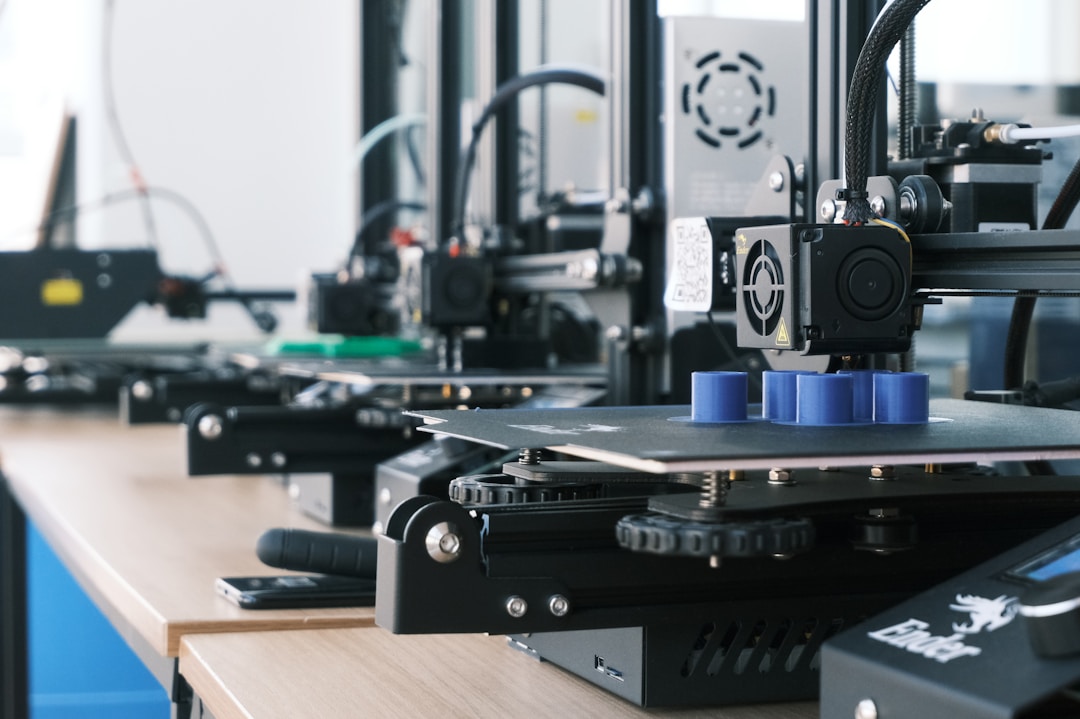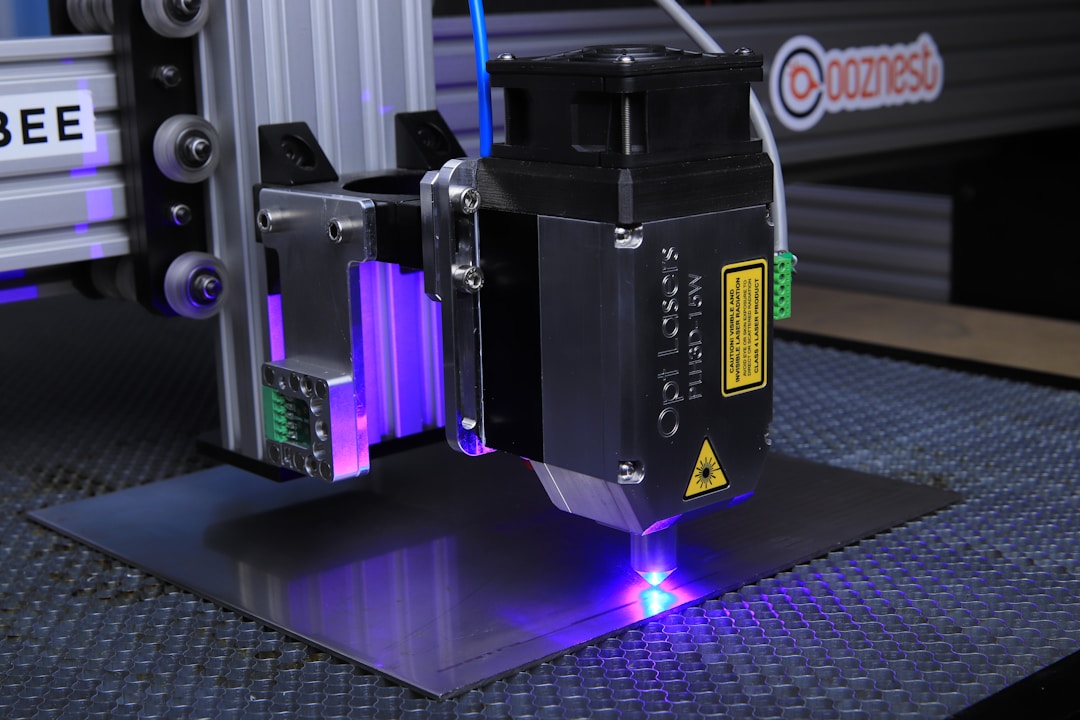The application of ultra-thin homogenizing plate in highly integrated ultra-light electronic devices
Release Time:
Nov 12,2021
Since 2019, with the emergence and rapid development of the fifth generation mobile communication technology (5G technology), electronic products, especially smartphones, tablets, and other products, have been increasingly moving towards high performance, high integration, and miniaturization. To meet the performance and size requirements of products, the transistor density on electronic chips is increasing.
Since 2019, with the emergence and rapid development of the fifth generation mobile communication technology (5G technology), electronic products, especially smartphones, tablets, and other products, have been increasingly moving towards high performance, high integration, and miniaturization. To meet the performance and size requirements of products, the transistor density on electronic chips is increasing.
The number of transistors per square centimeter of electronic chips manufactured in 2006 could only reach 100 million. By 2019, the Huawei 5G Kirin 990 chip had integrated as many as 10.3 billion transistors, and the area of the 5G chip was only 1.13 square centimeters, increasing the density of chip transistors by nearly 100 times. However, the exponentially increasing power consumption will lead to electronic chips generating excessively high heat flux density (>200 W/cm2) and operating temperature (>70 ℃) in a narrow space, further causing severe heat dissipation problems and preventing electronic chips from working properly, thereby restricting their further development.
The traditional cooling method for electronic devices, natural convection, due to its low heat transfer coefficient, is difficult to meet the heat dissipation requirements of higher heat flux density. However, forced air cooling and water cooling thermal management methods require external power devices and cannot adapt to packaging integration in narrow spaces. The new high thermal conductivity material graphite sheet has a high planar thermal conductivity coefficient (1500 W/m · K), which has certain advantages in meeting the heat dissipation needs of electronic devices. However, its thermal conductivity coefficient in the thickness direction is extremely poor, and its thermal conductivity performance is limited. Therefore, developing new and efficient thermal management technologies to achieve effective heat dissipation of electronic products is an urgent issue that needs to be addressed in the industry today.
Phase change heat transfer elements utilize the latent heat of phase change of the working fluid to carry away heat, which is the most promising thermal management method for solving the heat dissipation problem of electronic devices. In order to meet the heat dissipation needs of modern miniaturized electronic devices, conventional sized phase change heat transfer components are difficult to apply to products. Miniaturized phase change heat transfer components, especially those with ultra-thin thickness, are currently the focus of attention in the industry.
Generally speaking, ultra-thin phase change heat transfer elements include ultra-thin heat pipes and ultra-thin uniform heat plates. Ultra thin heat pipes are usually made by first manufacturing round heat pipes with ultra-thin walls, and then processing them by heating, phase transformation, and flattening. At present, the thinnest wall thickness of round heat pipes produced in large quantities can reach 0.08 mm, and the thinnest thickness of ultra-thin heat pipes after flattening processing is as low as 0.4 mm, which has been applied on the Samsung Galaxy S7 smartphone. However, as the thickness further decreases, the heat transfer performance of ultra-thin heat pipes deteriorates significantly. More importantly, ultra-thin heat pipes made by flattening round heat pipes have extremely limited width due to the diameter limitation of thin-walled round pipes. The width of ultra-thin heat pipes with a thickness of 0.4 mm cannot exceed 3 mm at most. The size of ultra-thin heat pipes cannot be changed according to the size of electronic chips (usually 10 mm in length and width) and actual heat dissipation needs, and the heat dissipation capacity of ultra-thin heat pipes is therefore limited.
With the arrival of the 5G era, ultra-thin heat pipes are gradually unable to meet the cooling needs of portable mobile electronic products. Ultra thin uniformly heated plates are usually formed by welding and sealing shell plates, and their external dimensions can be adjusted according to actual heat dissipation needs. They also have excellent thermal conductivity, large heat transfer area, and good temperature uniformity performance. They are very suitable for applications in modern miniaturized electronic devices under 5G penetration, and have attracted high attention from researchers. The combination of ultra-thin uniform heat plate and graphene assisted cooling is currently the mainstream cooling solution for smartphones. Therefore, developing ultra-thin heat transfer plates with excellent heat transfer performance is crucial for promoting the development of 5G mobile electronic devices.
This article focuses on the application of ultra-thin homogenization plates in highly integrated and ultra-light electronic devices. It describes the heat transfer principle theory of ultra-thin homogenization plates, the structural design of ultra-thin homogenization plates (suction core structure and gas-liquid channel layout), and their packaging and manufacturing methods. It summarizes the current development status of ultra-thin homogenization plates and scientifically predicts and looks forward to their future research.






 Language
Language




